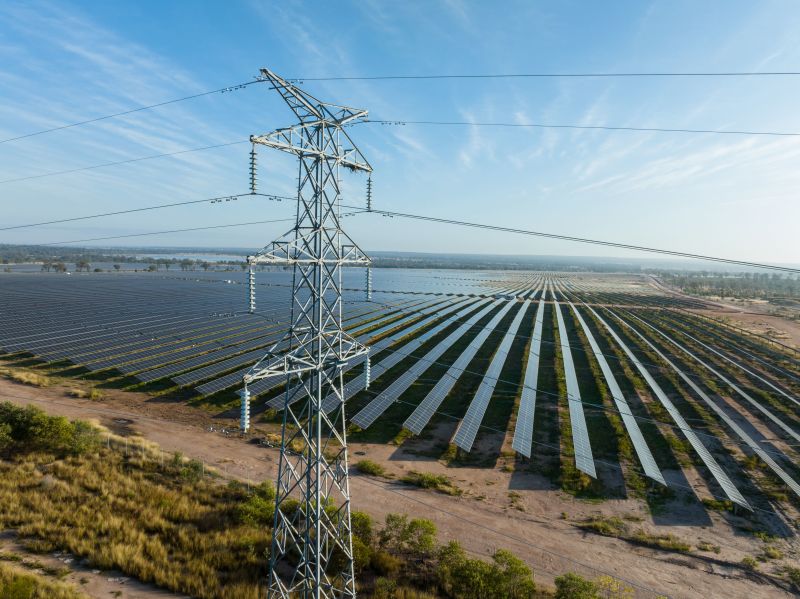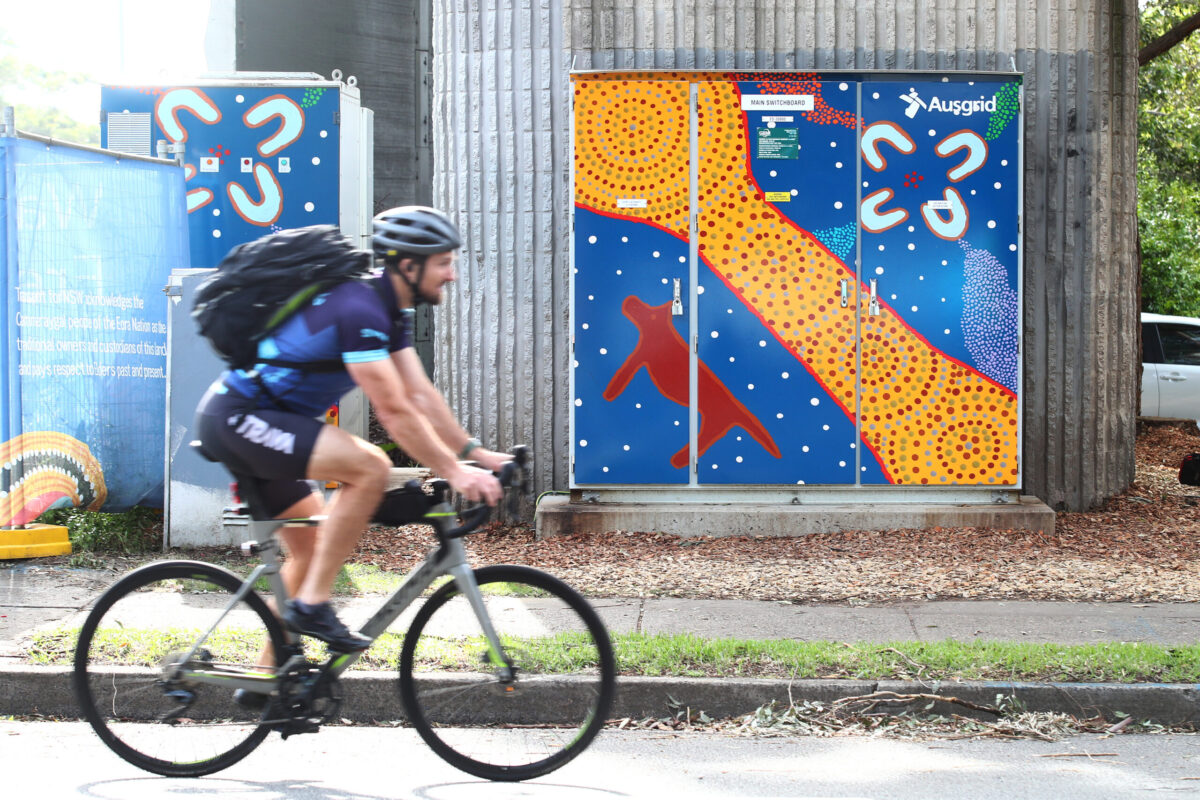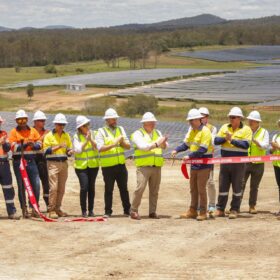Australia’s 2035 climate change target at a range of 62% to 70% reduction on 2005 emissions, prioritises clean electricity across the economy based on more renewable electricity generation, supported by new transmission and storage, including household batteries.
In support of scaling up more renewables, low emissions manufacturing and overall decarbonisation of industrial facilities, the government introduced a new $5 billion (USD 3.3 billion) Net Zero Fund during the target’s announcement.
It also released a Net Zero Plan, which outlines the way forward to 2035 with steps that include exploring ways to further unlock investment in renewable energy to accelerate emissions reduction in the electricity sector while maintaining energy security.
The government will also work toward its target by streamlining approvals for renewable energy projects, particularly through reforms to the Environment Protection and Biodiversity Conservation Act.
The Net Zero Plan shows intent to continue to drive investment in consumer energy resources (CER) to reduce pressure on the grid, and virtual power plants (VPP), that includes community, commercial and industrial properties.
The plan seeks to unlock long term investment in large-scale firmed, renewable generation and storage capacity, informed by the review of the National Electricity Market (NEM) wholesale market setting.
It will also update the Clean Energy Finance Corporation’s (CEFCs) investment mandate to include a new focus on the rapid roll out of renewable projects to drive down electricity prices, and commit up to to $2 billion more to the CEFC General Account, to be drawn down in line with these changes.
In response, Victoria’s Monash University Energy Institute Director Shreejan Pandey said the government’s additional funding to support Australia’s Net Zero Plan is a welcome development.
“For the plan to be successful the government also needs to match that support with equivalent research and development investment to support the realisation of the clean energy transition,” Pandey said.
“Public investment in energy research has more than halved over the past decade, placing us well behind most other OECD countries.”
Pandey added that research plays a crucial role in productivity, economic activity and better living standards for all Australians.
“It’s essential that research investment keeps pace with the deployment of critical infrastructure.”
Queensland headquartered energy solutions company EcoJoule Energy Managing Director Mike Wishart said the company welcomed the government’s announcement of Australia’s 2035 emissions reduction target.
“However, ambition alone is not enough. If we are to meet this target, the rapid expansion of rooftop solar must be matched with a far more detailed plan for how the electricity grid will adapt,” Wishart said.
“Without proper investment in grid support and stability, the continued growth of rooftop solar risks creating significant technical and economic challenges – potentially leading to what can only be described as a catastrophe for the grid.”
Ready went on to say the growth of distributed generation must be paired with solutions that strengthen the grid, particularly at the fringe-of-grid and low-voltage levels.
“This means accelerating investment in shared neighbourhood storage and grid-supporting technologies. As identified by the Australian Renewable Energy Agency’s (ARENAs) Grid vs Garage report, the most efficient location for batteries is not necessarily in individual households, but within the local low-voltage grid,” Wishart said.
“Shared neighbourhood batteries can provide local network support, benefit from the diversity of customer demand, and deliver energy storage that is as cost-effective on a per-kWh basis as utility-scale batteries.”
Melbourne-based Climateworks Australia Lead and former Climate Change Authority Assistant Director Anna Malos said with strong renewable foundations in place, the biggest opportunities now lie in how Australia uses energy to maximise benefits for consumers – to cut power bills, strengthen industries and ensure the transition works for everyone.
“The plan’s increased focus on energy productivity and managing demand in homes and businesses is an important step. The government’s new plan sets the foundation for accelerating the energy transition which is the bedrock for economic success. The next step is clear: turn plans into action,” Malos said.
University of Technology Sydney Institute for Sustainable Futures Director Professor Stuart White said while the target range is at the lower end of what the science suggests, the important thing is to plan to meet the higher end of that range.
“Australia is well placed to meet the higher end of this range and even beyond, but we need to accelerate efforts. The domestic energy transition is well underway, especially in the electricity sector, with the rollout of renewables and battery storage, but needs to increase to meet even 2030 targets,” White said.
“There needs to be a renewed focus on consumer energy resources, also known as distributed energy resources, which are quicker and alleviate the pressure on new large-scale projects that are moving more slowly due to social licence issues.”
White said Australia needs to lift its game on decarbonising industry, transport, and on agriculture and land use.
“All of this requires increased investment – so we need to do more to mobilise climate finance.”
Updated 17/10/25 for name correction.
This content is protected by copyright and may not be reused. If you want to cooperate with us and would like to reuse some of our content, please contact: editors@pv-magazine.com.









By submitting this form you agree to pv magazine using your data for the purposes of publishing your comment.
Your personal data will only be disclosed or otherwise transmitted to third parties for the purposes of spam filtering or if this is necessary for technical maintenance of the website. Any other transfer to third parties will not take place unless this is justified on the basis of applicable data protection regulations or if pv magazine is legally obliged to do so.
You may revoke this consent at any time with effect for the future, in which case your personal data will be deleted immediately. Otherwise, your data will be deleted if pv magazine has processed your request or the purpose of data storage is fulfilled.
Further information on data privacy can be found in our Data Protection Policy.